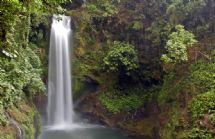Visiting a coffee plantation in Costa Rica
Coffee plantation in Naranjo
Whether you brew a basic pot each morning to get you going before work, or you have tried dozens of coffees from across the globe, you can't deny that Costa Rica plays an important role in the history of coffee.
In fact, the aromatic brew is a large part of the country’s history and culture. It is so popular that people from all over the world have been looking into visiting a coffee plantation in Costa Rica.
Coffee in Today's Costa Rica
Coffee is a major part of Costa Rica's agricultural industry. The country's coffee plantations reached nearly 1.4 million bags of 60 kilograms each in 2016/2017, and production is only expected to increase.
The country's government does mandate the industry to some extent. All coffee grown in Costa Rica is known as the Arábica variety.
Arábica beans are smooth and sweet, a flavor that reflects well when brewed. Coffee plantations in Costa Rica are known to create balanced brews that are anything but basic.
In fact, many blends from the country include notes of roasted chocolate, berry and citrus flavors.
How It All Started
Despite changes in Costa Rica coffee over the years, the industry itself is not at all new to the country.
Coffee first entered the country in 1798 and was a major part of its agriculture in practically no time.
The government gave anyone who wished to grow the beans their own land and plants to get started, which means the industry quickly surpassed tobacco and cacao as the leading crop.
It was especially popular in the Central Valley, where rich volcanic soil created a more unique and stronger flavor in the beans.
The industry created plenty of incoming cash flow, which the government used to build roads, ports and important infrastructure improvements. These improvements sustain the country's economy even today.
Touring a Coffee Plantation
If you love coffee, you can't skip a day tour of one of the country's many coffee plantations.
Many of the plantations are located in Central Valley. You can find them in Poás Volcano, Tres Rios, Naranjo, Alajuela and Tarrazú, to name a few. While each plantation operates slightly differently from the next, most offer some basics.
When visiting a plantation, expect to take a guided tour through the entire farm and its facilities. The coffee expert who leads you through the facility will explain the history of coffee in the country, the history of the plantation itself and how it operates each day, including how plants are raised.
While most plantations take visitors all year, those who visit between the months of October and May might even be able to pick their own coffee fruits. Once visitors learn about the harvesting process, they can enter the factory for an up-close look at how beans are extracted, dried and roasted.
At the end of your tour, most plantations offer samples of their signature blends as well as the option to try other organic varieties of coffee.
Other Things to Do in Costa Rica
Of course, no matter how much you love coffee, you probably shouldn’t spend an entire vacation inside the plantations. After all, too much caffeine will have you bouncing off the walls. Besides, the country is so gorgeous that you absolutely must check out the history, culture and nature.
Beaches up and down the coast offer white or black sand where you can relax or learn a new skill such as snorkeling, scuba diving or surfing. National parks in the rainforests provide hiking trails, waterfalls, rivers, and the ability to see a range of endangered mammals and birds in person.
Don’t forget to check out Costa Rica’s many museums, restaurants and other cultural events.





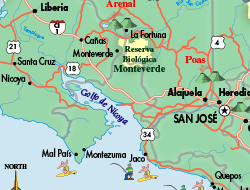
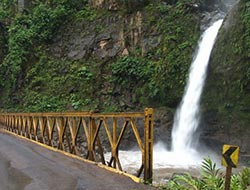
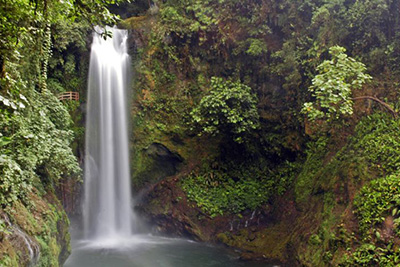

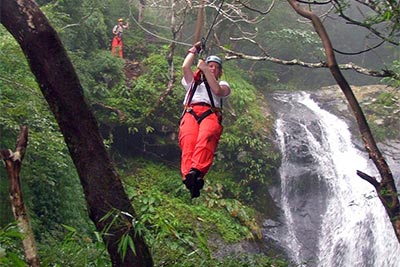
.jpg)

